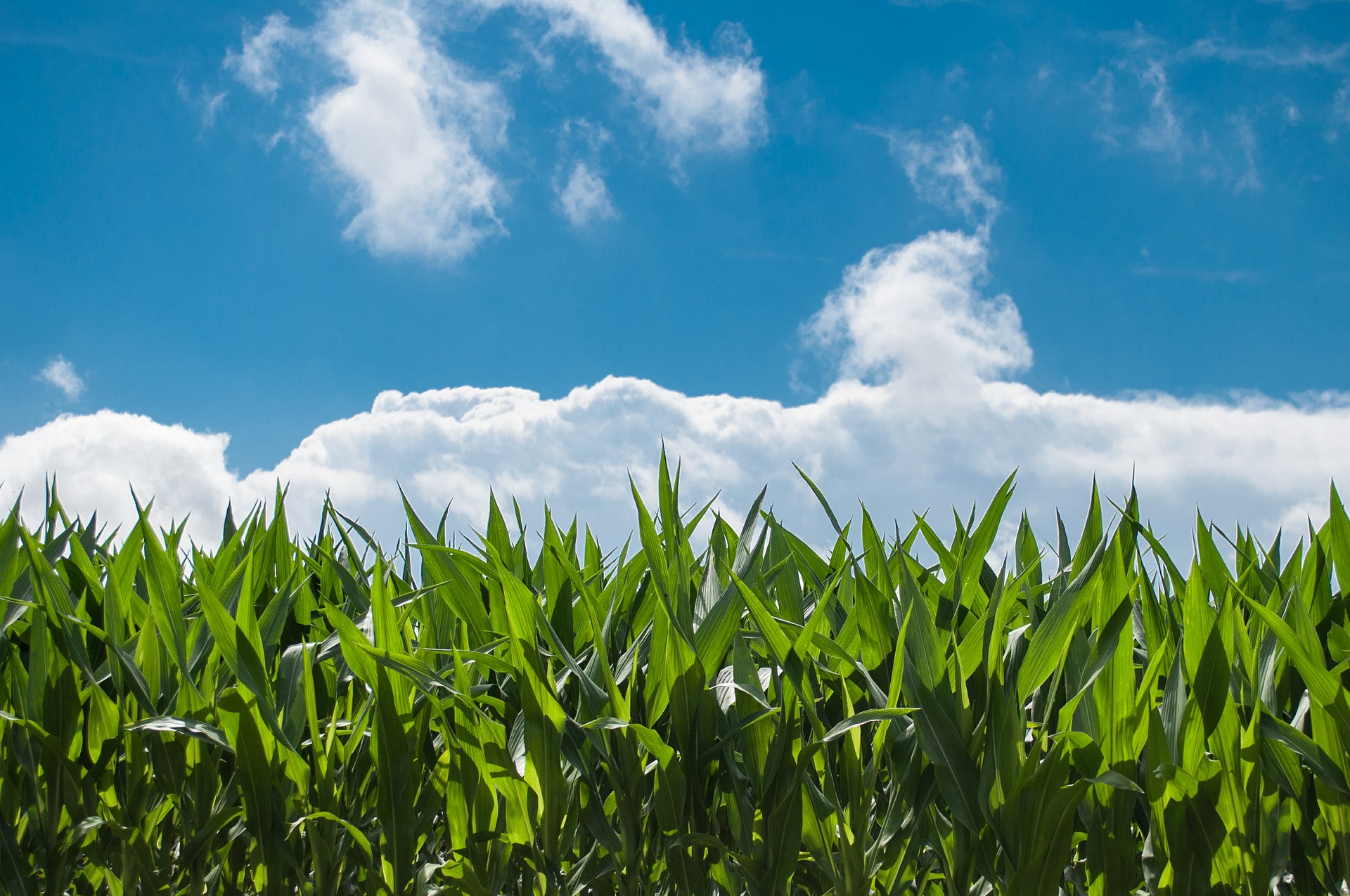
The “Farm to Fork” (F2F) strategy forms the agricultural plan of the European Green Deal (EGD). According to the EU Commission, the F2F is intended to deliver a “real contribution to the sustainability goals.” Despite a growing world population, agriculture faces the enormous challenge of ensuring affordable and secure food supply. According to a proposal, the project should be successful by achieving the following five goals.
The five goals of the Farm to Fork strategy
1. Reducing the use and risk of chemical synthetic pesticides
The intended percentage has not yet been selected. But it should be a “binding target with a clear legal basis.” This, in turn, requires a revision of existing EU legislation, including the harmonized risk indicator established under the guideline on sustainable usage. A review of the current risk indicators will be given particular emphasis with the publication of a report by the European Court of Auditors. This report argues that the current risk indicators are inappropriate because they do not address how, where, and when chemical pesticides are used.
2. Organic Farming
An expansion of organic farming is supposed to be achieved “through a mix of measures, including ways to stimulate demand for organic products.” This sentence offers a definition of a vague statement.
Despite the vagueness, the first two goals represent a considerable improvement in organic farming as a general practice compared to the Common Agricultural Policy (CAP). The fact that no exact numbers have yet been given for the two targets is probably due to the tougher fronts between the business lobby and civil society: While civil society groups are calling for a reduction of pesticide use of up to 80 % by 2030 and an end by 2035, representatives of business stakeholders are against the reduction or in favor of voluntary commitments.
3. The Reduction of antimicrobial products in livestock farming and aquaculture
Again, no precise percentage is given as an aim. The report justifies the target with the growing evidence that the use of antimicrobial products in agriculture is associated with the appearance of resistant germs – which in turn become a risk to both humans and animals.
4. Goal on mineral and organic fertilisers
The proposal provides no further information on this objective.
5. Reverse the increase in overweight and obesity rates in the EU by 2030
In order to enable consumers to choose sustainable and healthy food, the Commission is planning a legislative proposal to harmonize nutritional labeling to be placed on the front of the packaging. In addition to the five objectives mentioned, the draft suggests that the F2F strategy also focuses on the role of animal farming in reducing greenhouse gas emissions. In this context, the EU Commission brings into play the option of an animal welfare label, which is already overdue. The success model of labeling shell eggs shows how essential and useful transparent consumer information is.
The Commission is also advocating changes to the legislation on animal welfare – for example, in the area of animal transport. The overall aim is to achieve a higher level of animal protection and to establish animal conditions for species that have not yet been regulated. There is reason to be skeptical whether there will be significant improvements in the conditions under which animals are kept in agricultural production, even though they are overdue.
It is also questionable to what extent the regulations concerning the purchase of animal feed will be clear. The cultivation of soya, for example, is considered to be one of the driving factors for the loss of habitat and the destruction of forests and is, therefore, a factor to be addressed in the climate debate.
The intention expressed in the document that the European Commission “to facilitate methods of reducing the impact of livestock production on the environment and climate, will ease the supply of innovative feed additives that contribute to the reduction of the carbon footprint, water, and air pollution and methane emissions from livestock production” should be an occasion for discussion.
Relationship status CAP and F2F: It is complicated
The Commission is currently comparing the F2F and CAP strategic plans. Now, there are two possibilities: Either it will be concluded that the policies are consistent, or they are not. In case of disagreement, an attempt can be made to align the plans afterward.
However, this could turn out to be rather difficult; in the end, the Commission has (at least) three weak points: the F2F strategy that has not yet been decided, the CAP reform and the EU budget that has not been approved.
Coordinating F2F strategies and the CAP is likely to become much easier once the F2F has at least been adopted by the Member States. At present, the whole field is extremely fragile.
On the basis of current knowledge, Member States have the possibility to adjust their national CAP strategic plans annually. As a result, it is expected that the CAP national strategic plans will be aligned with the F2F strategy from 2021 onwards and that the F2F approach will, therefore, have a more significant impact from 2021 onwards than in the months ahead.
However, it is still uncertain when the Commission’s further F2F plans will be published: initially planned for the end of March, then postponed to the end of April, the plans now – in the wake of the Corona crisis – are to be postponed by “a few weeks.”

Anna-Marie Peter B.A. studied political science, economics, and philosophy in Regensburg. Since December 2019 she is part of the Shifting Values team in Vienna.


